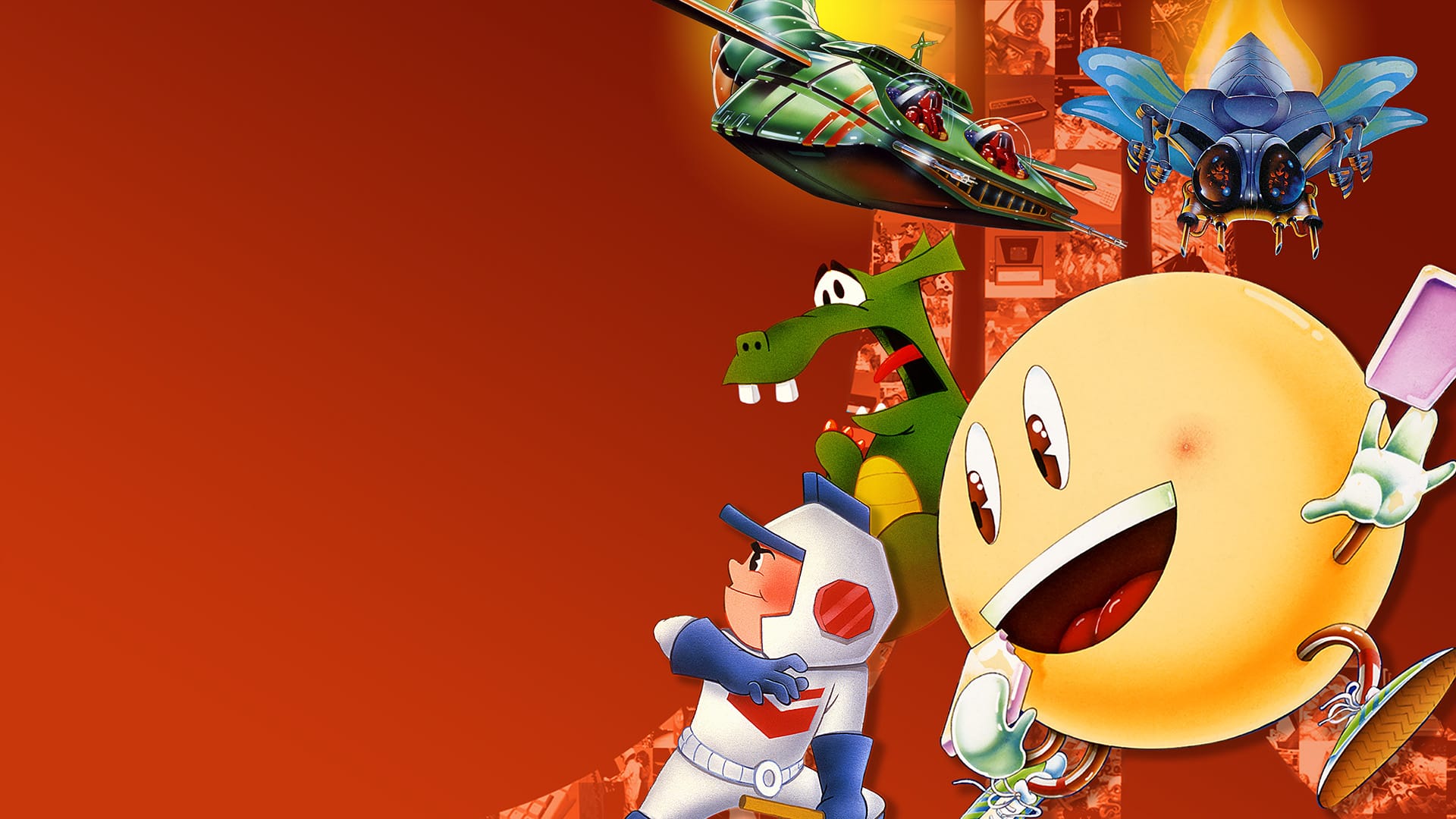While certainly not original in concept, developer Retro Forge Games’ Souldiers does a particularly good job at executing on a combination of elements of a couple of different genres. First, the Soulslikes, by making each attempt you make ever the more tense as your progress hangs in the balance with what makes Metroid so enjoyable to explore, gradually opening its map further the more upgrades and items you find along the way.
Souldiers’ a gorgeous and well designed little game to boot, one that should please those looking for a platformer that offers plenty of challenge and depth, not to mention a healthy dose of replayability thanks to its three distinct classes and how well they play from one another. There are no disadvantages from picking one over the other, as every one of the three is expertly built to be self-reliant and fun to play.
Regardless if you go full melee, ranged, or with a combination of the two – which is the archer, surprisingly enough – you’ll find that your starting build is not much to look at. You only have a couple of attacks at first, with very little in the way of actively avoiding danger for too long outside of a defend/parry command that eats away your stamina and a dodge that requires a couple of seconds of cooldown.

But the further you progress and gain levels, the different tiers of upgrades that you can buy via the skill tree add enough tools to your arsenal that help turn the tide to your favor. They won’t make you invincible in any way, mind you, but the added benefit of being able to, say, astro-project a remote explosive version of yourself while dodging, which is one of the mage’s starting upgrades, surprisingly useful right from level two. And that’s only the tip of the iceberg with Souldiers.
Then again, there are elements of the game that might sour some folks’ appreciation of what it does get right. The checkpointing system for one isn’t perfect. If you happen to hit one while at low health and/or with no resources, you’ll always load back to it in the exact same situation whenever you die.
That makes for some annoying instances where you might be very far from the last hard save point – which in Souldiers’ case is its equivalent to a bonfire from Elden Ring, that allows you to warp back and forth as needed throughout the map – having to rely on a point where the game seemingly decided to give you a checkpoint out of thin air in order to avoid losing minutes or even hours of gameplay upon death.

Enemies also have the tendency to block your path due to how physics work in the game. You can’t simply jump over larger ones in repeated runs through the same stretch of the map in case you’re merely looking to get back to wherever you happened to die, making rethreading in Souldiers quite an undertaking.
But considering that fighting is literally the only way to level up in it, you should try and defeat everything in your way anyway, although that doesn’t excuse it from being a tad frustrating to have to rinse and repeat the same pattern whenever running back to a previously cleared and now repopulated area of the map.
Calling Souldiers beautiful might come off as a disservice, actually. It’s easily one of the best looking pixel art games I’ve ever played, featuring absolutely gorgeous lighting effects that rival even Spelunky 2’s, which coupled with the fantastic character designs and deliciously saturated color palette makes Souldiers stand tall among indie releases this year for sure. And thankfully the game’s soundtrack doesn’t fall far from its visuals at all, as you’ll surely be listening to the same tunes a whole lot when out exploring.

While I wouldn’t necessarily call Souldiers a unique game in any way, it’s got a lot going for it simply due to how well its elements all gel together regardless of the path you decide to take when it comes to your character. I managed to have a great time playing with all three of them before eventually settling with the mage, but you might take an entirely different route and have an even better time, and that just goes to show that Retro Forge’s work on balancing classes was well worth the effort.
Granted, that isn’t to say that you’ll have an easy time getting through this one. Souldiers is a very tough nut to crack and the nagging issues that were touched upon contribute to making it a bit tougher than it would otherwise have been if these problems weren’t present. Having checkpoints is a good idea for sure, but there are better ways of implementing it that don’t potentially deter your progress nearly as much as it can in Souldiers.
With that in mind, I would recommend Souldiers with caveats to those looking for a familiar challenge that won’t mind the repetition that comes with games that borrow from the Soulslike formula with the added detractions that this particular one throws into the mix. Souldiers is an enjoyable take on combining popular genres and mostly succeeds at keeping it together, and should provide plenty of replay value in a way of experimenting around with its classes and character builds, and of course, forging a path ahead.





